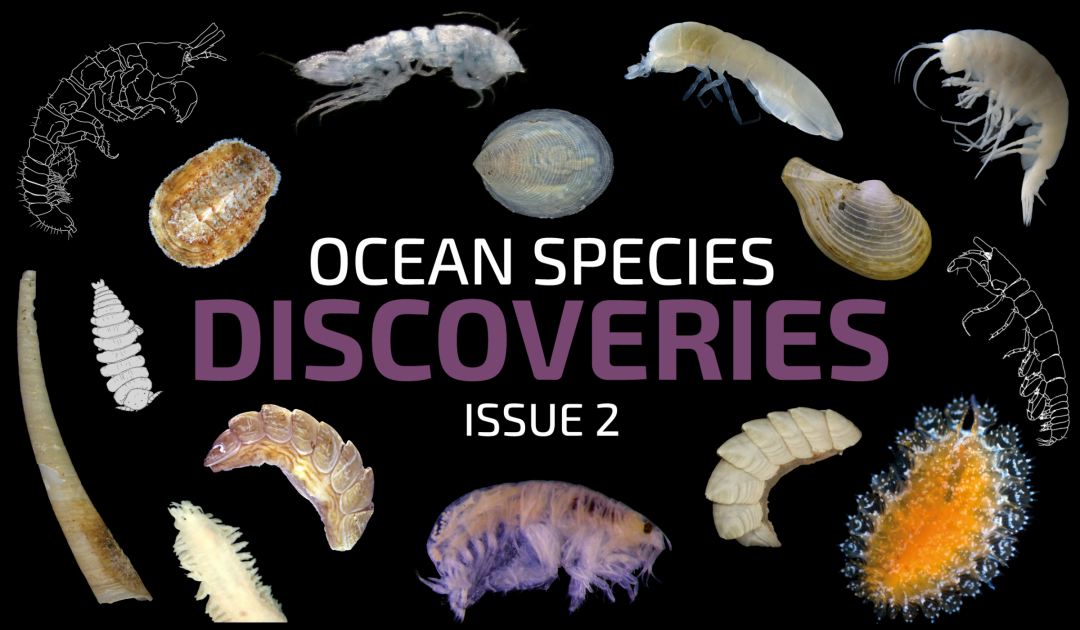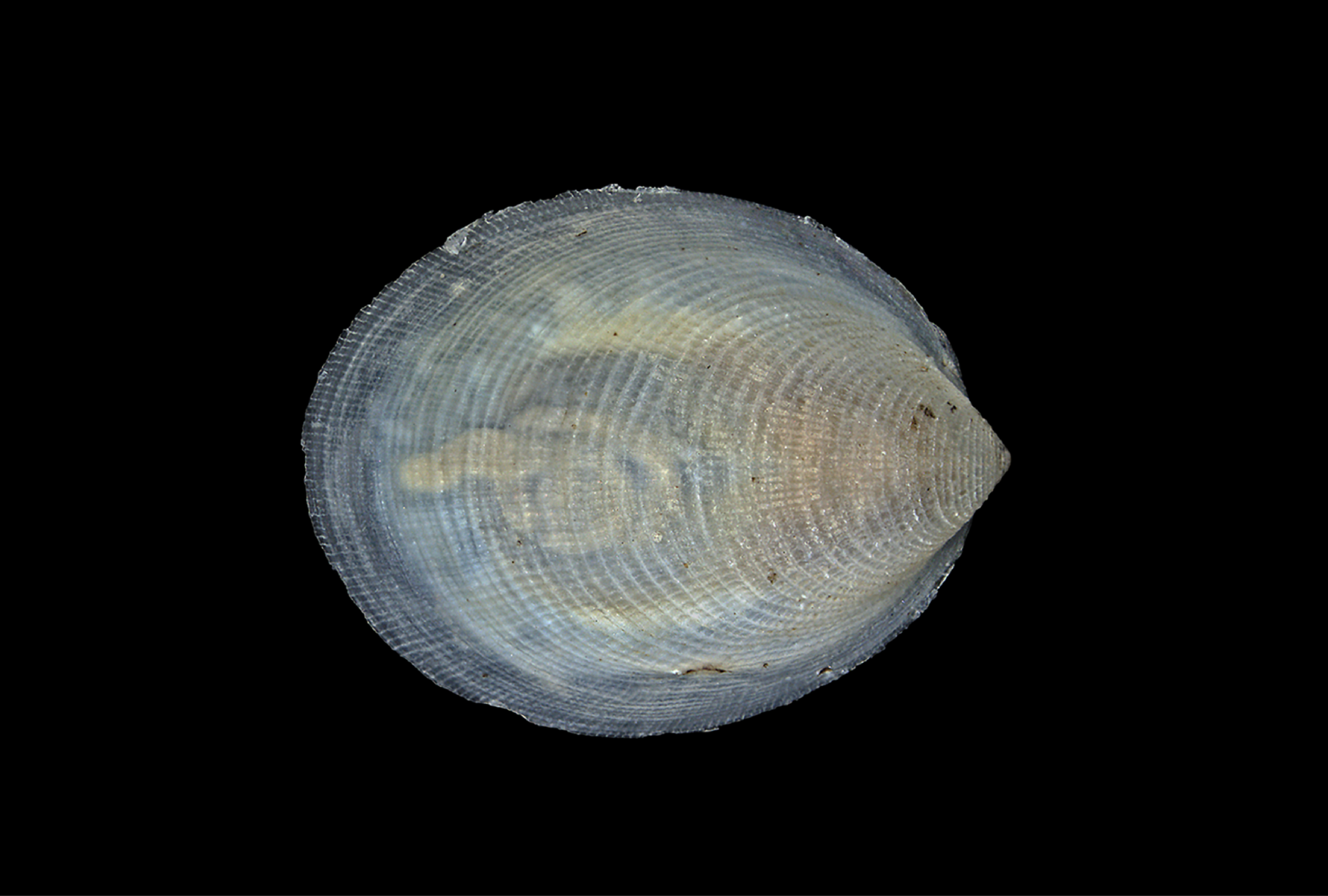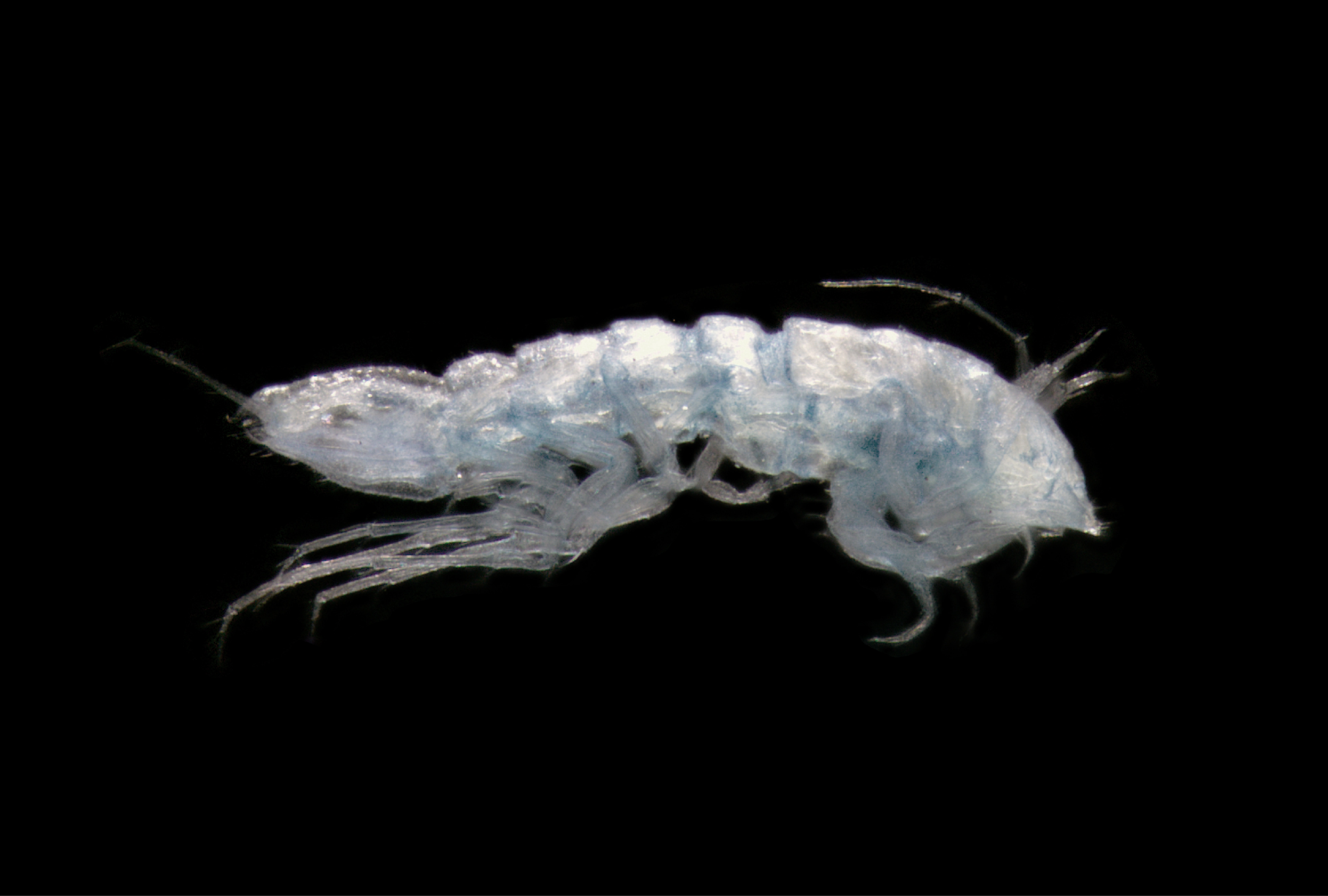Ocean Species Discoveries 2
Unlocking the Ocean’s Hidden Life
Despite centuries of exploration, most of the ocean’s life remains undiscovered and unnamed. This knowledge gap doesn’t just limit science—it also restricts our ability to understand and conserve ecosystems under rapid environmental change. The second issue of Ocean Species Discoveries is a step toward closing that gap, with scientific descriptions of 14 new species, two new genera, and one redescription, spanning three animal phyla: Annelida (polychaete worms), Mollusca (chitons, monoplacophorans, and bivalves), and Arthropoda (amphipods, isopods, and tanaidaceans).
At the heart of this achievement is a new way of working: the Senckenberg Ocean Species Alliance (SOSA) Discovery Laboratory. Designed to be more than just a facility, it provides tailored technical support and access to lab infrastructure, advanced imaging, and DNA barcoding services that allow taxonomists worldwide to accelerate the process of species description. Nine of the new species and one of the new genera in this issue were processed partly or entirely through this lab, underscoring its value and importance.
The SOSA Discovery Laboratory
Traditionally, describing new species is a time-consuming and often resource-intensive work, which can result in a 20-40 year delay between discovery of a new species in the field and the eventual publication of its description. Scientists can face challenges in accessing the right imaging tools, skilled workforce, or even taxon-specific expertise needed to complete a species description. The Discovery Laboratory addresses these bottlenecks by acting as a taxonomy service hub:
- High-resolution imaging using light and scanning electron microscopy, confocal laser scanning, macrophotography, and microscopic drawing.
- DNA barcoding adds valuable information to species descriptions and is particularly important in cases where two or more species are morphologically highly similar.
- Micro-CT scanning to visualize anatomy non-invasively, as seen in Myonera aleutiana, a newly described bivalve.
- Experienced technicians who work across multiple marine invertebrate taxa to provide high-quality specimen data needed for species descriptions.
- A growing international network of scientists contributing a wide range of taxonomic expertise.
By providing tools, technical support and expert network as shared services, the lab reduces barriers to species description for taxonomists everywhere. Instead of years of delays, descriptions can move forward quickly, efficiently and to a high standard—making taxonomy more scalable, collaborative, and inclusive.
New Discovery Highlights
The new issue illustrates both the breadth of marine biodiversity and the power of modern approaches to describing it. Together, these discoveries highlight not just novelty, but also the hidden connections in the ocean—such as new host associations between shrimp and parasitic isopods, recorded here for the first time. A few species highlights:
Transforming Taxonomy into a Collaborative Discipline
The vision of SOSA is not to centralize taxonomy, but to make it more collaborative – creating opportunities for diverse minds to contribute to innovative work and generate shared impact. One way SOSA advances this cooperative goal is by cultivating a diverse, global network that connects experienced experts and early-career researchers across taxa, institutions, and countries to strengthen species description and make the process more accessible.
Another key step toward collaborative taxonomy is the Ocean Species Discoveries (OSD) publication series itself. OSD brings together concise yet high-quality species descriptions from independent taxonomists working across a wide range of marine invertebrate taxa around the world, uniting them in a single publication. The series focuses exclusively on taxonomy, allowing species to be described and named without requiring additional accompanying studies – often a major factor contributing to the 20-40 year lag in species descriptions. In addition to lowering the barriers to publication, OSD’s format is designed to increase recognition and raise the impact for contributing authors.
In this issue alone, dozens of authors from across the globe have described animals collected from depths ranging from 1 to over 6,000 meters. This collaborative approach makes taxonomy faster, more visible, and more integrative – while maintaining high scientific standards. Most importantly, it demonstrates how taxonomy can evolve into a more cooperative discipline, a shift that is essential to accelerating the pace at which species are described and published.
A Future for Faster Discovery
The discoveries reported in this second issue are numbered 13 through 27, continuing where the first article left off. Many more are expected to follow. Each number represents not only a species, but also a proof of concept: that with the right support, taxonomists can accelerate the description of life in the oceans without sacrificing quality.
In an age of biodiversity loss, the work of describing species may be more urgent than ever. The Discovery Laboratory is showcasing how novel infrastructure and increased collaboration can reshape taxonomy – helping us to name, understand, and ultimately protect the life hidden beneath the waves.
Learn more about the SOSA Discovery Lab, the services it provides, and the possibility of partnering on your species description here: https://sosa.senckenberg.de/en/discover.
Read the Ocean Species Discoveries article here: https://bdj.pensoft.net/article/16034.




